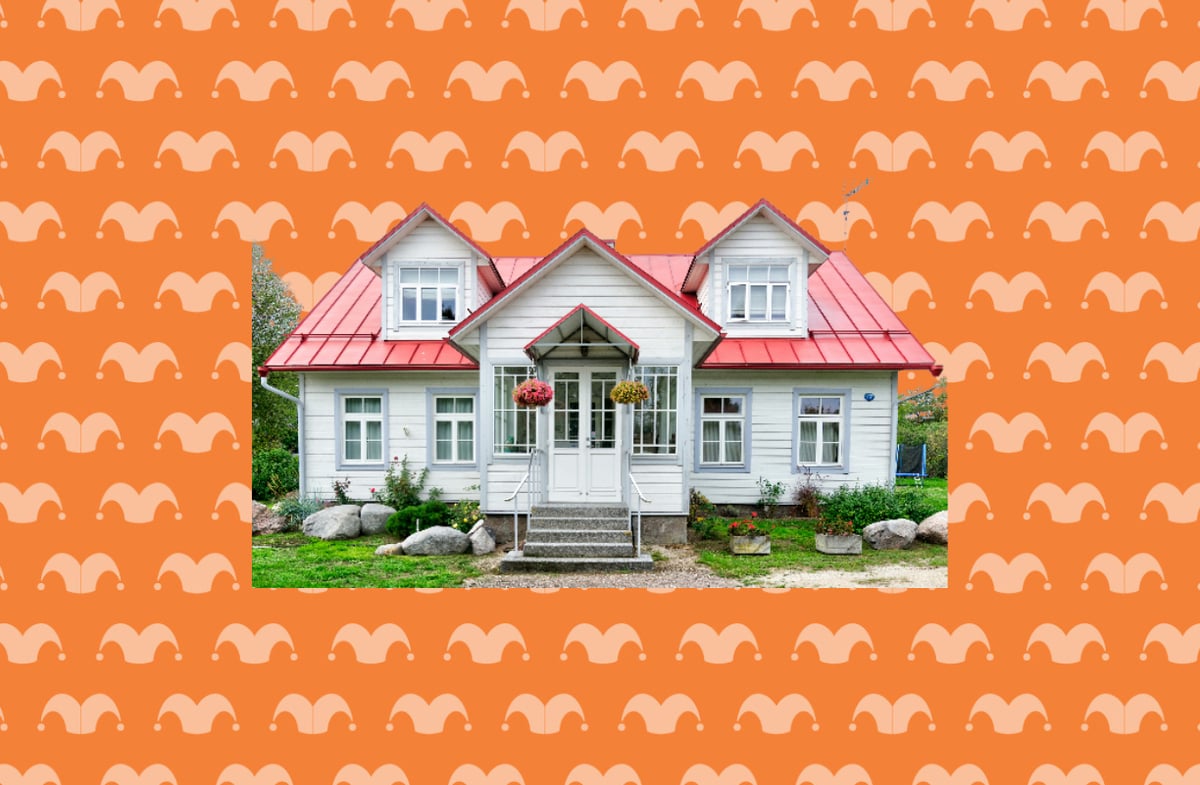Let’s get one thing straight: homeowners insurance is not a magic wand that makes all your property problems disappear. Sure, having the best homeowners insurance policy in place feels reassuring, but the fine print could hit you harder than a hurricane. Literally.
Here’s the deal: your standard homeowners insurance policy doesn’t cover everything. Yes, if your roof caves in during a snowstorm or a rogue tree branch smashes through your window, it will step in. But when it comes to floods, hurricanes, or other disasters that don’t exactly knock first? You might be on your own.
Click here for our picks for the best homeowners insurance companies and get a leg up on shopping around for coverage.
Unpacking the big flood insurance surprise
Take Hurricane Helene as a cautionary tale. According to CoreLogic, the storm caused a staggering $20 billion to $30 billion in uninsured flood losses. Many homeowners were blindsided by the fact that flood insurance isn’t typically included in their regular policies.
Why? Because it has to be purchased separately through the National Flood Insurance Program (NFIP). And here’s the kicker: you’re only required to buy it if you live in a flood zone and have a federally backed mortgage.
But here’s the plot twist: unpredictable weather doesn’t follow zoning regulations. In North Carolina, homes not in flood-prone areas experienced what experts call a “500-year flood.” That’s the kind of event that makes you question everything — including why you thought your insurance had your back.
Jennifer Stauffer, Global Real Estate Advisor at Sotheby’s International Realty, sums it up perfectly: “This all happened during an affordability crisis where many people are already stretched so thin.” People lost everything, and because they didn’t have flood insurance, they were left to pick up the pieces — financially and emotionally.
Myths that can cost you big
Let’s debunk some homeowners insurance myths before they cost you more than your monthly mortgage payment.
Myth: Homeowners insurance covers everything
Spoiler alert: it doesn’t. Natural disasters like floods, hurricanes, and earthquakes usually require separate policies. And while your standard insurance might help with a lightning strike or a break-in, it’s not the superhero you think it is.
Before you assume you’re covered, double-check your policy for exclusions. Better yet, call your insurance provider and ask questions until their hold music is permanently etched in your brain.
Myth: Flood insurance isn’t necessary if you’re not in a flood zone
This one’s a doozy. Many people think, “My house isn’t anywhere near a flood zone, so I’m good.” But climate change is rewriting the rules. A 500-year flood in North Carolina hit homes that had never seen more than a puddle in their driveways.
Even if you don’t technically need flood insurance, it’s worth considering. The cost of a policy is a fraction of what you’d pay out of pocket to repair a waterlogged home.
Myth: Insurance costs are stable over time
If you’ve had homeowners insurance for a while, you might have noticed your premiums creeping up. You’re not imagining it.
Costs have risen between 11% and 20% in the past two years thanks to inflation, increased risks, and — let’s face it — insurance companies needing to cover their bases. It’s a good reminder to factor in rising costs when budgeting for the long haul.
Myth: The price of the home is the only cost to worry about
Think you’re done after the down payment? Think again. Even if you got the best mortgage rate, homeownership comes with a symphony of additional expenses — maintenance, property taxes, and, yes, ever-changing insurance premiums. It’s not enough to plan for the purchase price; you need to budget for the ongoing costs that come with keeping your castle safe.
What can you do?
Now that you’re sufficiently spooked, here’s how to take control of your coverage:
- Know what you’re buying. Sit down with your policy, a highlighter, and maybe a glass of wine. Read the fine print and note what’s covered and what isn’t. Don’t assume anything.
- Consider add-ons. If you live near a coast, in a flood-prone area, or even in Tornado Alley, talk to your insurer about additional policies. It might cost a little extra upfront, but it could save you tens of thousands down the line.
- Shop around. Insurance companies aren’t one size fits all. Get quotes from multiple providers, and don’t be afraid to negotiate. Loyalty is great, but saving money is better.
- Prepare for the worst. Even the best insurance won’t cover everything. Build an emergency fund, make sure you have an inventory of your belongings, and consider upgrades to your home that can mitigate damage.
Homeowners insurance can feel like a necessary evil — something you pay for but hope never to use. But if you’re not careful, you could find yourself staring at a hefty bill when disaster strikes.
Take the time to understand your policy, explore additional coverage if needed, and plan for the unexpected. When you’re protecting your biggest investment, it’s better to be safe than sorry — and a little wet.

